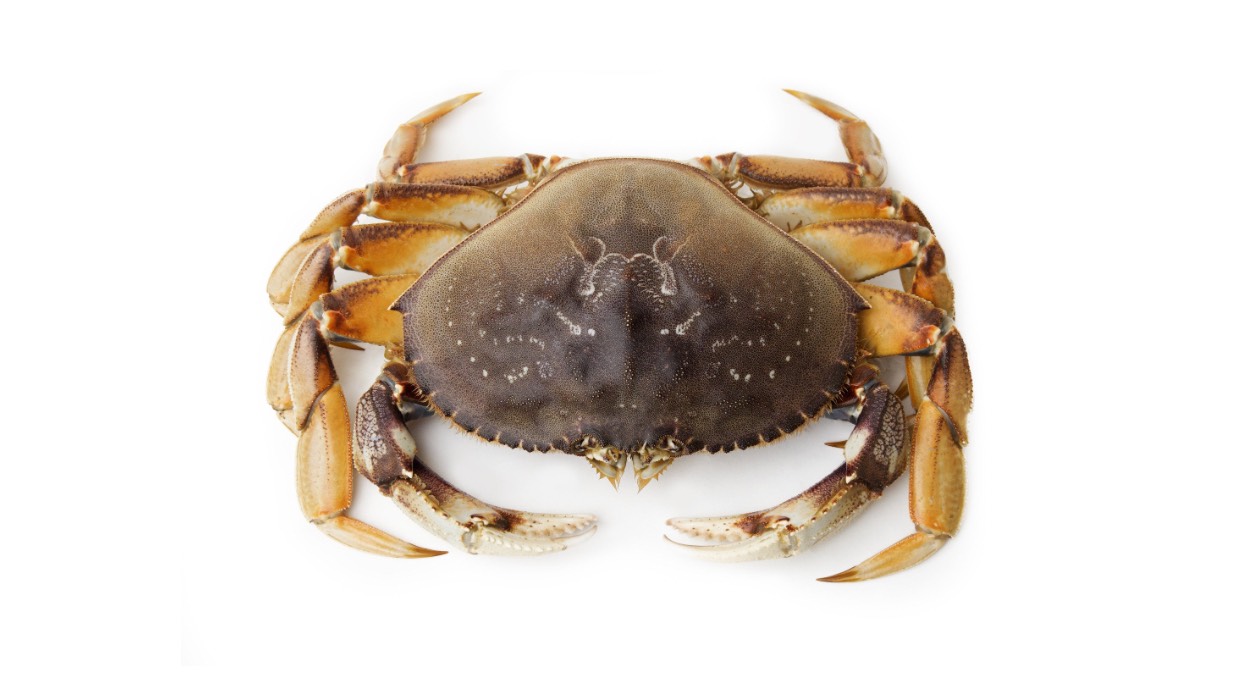

Articles
How To Store Live Dungeness Crabs Overnight
Modified: February 22, 2024
Learn the best methods for storing live Dungeness crabs overnight in this informative article. Keep your seafood fresh and delicious!
(Many of the links in this article redirect to a specific reviewed product. Your purchase of these products through affiliate links helps to generate commission for Storables.com, at no extra cost. Learn more)
Introduction
When it comes to enjoying fresh and delicious seafood, few things can compare to the succulent taste of live Dungeness crabs. These delectable crustaceans are a prized delicacy known for their sweet and tender meat. However, if you find yourself with live Dungeness crabs that you won’t be able to cook and consume immediately, it’s crucial to know how to store them properly overnight to maintain their freshness and quality.
Properly storing live Dungeness crabs overnight is essential to ensure they stay alive and retain their taste and texture until you’re ready to cook them. Crabs are highly perishable creatures, and their quality can deteriorate rapidly if not stored under the correct conditions.
In this article, we will guide you through the steps on how to store live Dungeness crabs overnight, so you can enjoy them at their best when the time comes to indulge in their mouthwatering flavor.
Key Takeaways:
- Properly storing live Dungeness crabs overnight is essential to maintain their freshness, quality, and taste, ensuring a delightful culinary experience when it’s time to cook and savor these delectable crustaceans.
- From choosing the right container to providing the ideal environment, every step in the storage process plays a vital role in preserving the well-being and delicious flavor of live Dungeness crabs until they’re ready to be enjoyed.
Read more: How To Store Dungeness Crab
Importance of Properly Storing Dungeness Crabs
Properly storing Dungeness crabs overnight is crucial for several reasons.
First and foremost, storing the crabs correctly ensures their survival. Dungeness crabs are living organisms and need a suitable environment to thrive. Failing to provide the necessary conditions can lead to their premature death, resulting in a loss of both the crabs and your investment.
Additionally, proper storage helps maintain the freshness and flavor of the crabs. The delicate nature of the crab meat can easily deteriorate if exposed to unsuitable conditions. By keeping the crabs in optimal storage conditions, you can preserve the taste and texture, allowing you to savor the full experience of these delectable creatures.
Proper storage also prevents the growth of harmful bacteria. Seafood, including Dungeness crabs, can be vulnerable to bacterial contamination if not handled and stored correctly. This can lead to foodborne illnesses and pose a threat to your health. By following the right storage procedures, you can minimize the risk of bacterial growth and ensure safe consumption.
Furthermore, storing the crabs properly allows for better planning and convenience. Sometimes you may find yourself with live Dungeness crabs a day before your planned meal. By knowing how to store them overnight, you can confidently purchase and prepare the crabs in advance, saving valuable time and allowing for a more organized dining experience.
In summary, properly storing live Dungeness crabs overnight is essential to ensure their survival, maintain their freshness and flavor, prevent bacterial contamination, and provide convenience. By following the correct storage procedures, you can maximize the enjoyment of these delectable seafood treats.
Choosing the Right Container for Overnight Storage
When it comes to storing live Dungeness crabs overnight, selecting the right container is crucial to provide a suitable environment for them. Here are some factors to consider when choosing the container:
- Size: The container should be spacious enough to accommodate the crabs comfortably. Crabs need enough space to move around without overcrowding, as cramped quarters can cause stress and potential injury.
- Material: Opt for a container made of non-reactive material like plastic, stainless steel, or a food-grade container. Avoid containers made of reactive metals like copper or aluminum, as they can react with the natural acids in the crab and affect its taste and quality.
- Lid or Cover: Choose a container with a tight-fitting lid or cover to prevent the crabs from escaping or water from splashing out during transportation or storage.
- Ventilation: The container should provide adequate ventilation to allow proper airflow. Crabs require oxygen to survive, so having small holes or vents in the container will facilitate air exchange.
- Water Resistance: Since crabs are aquatic creatures, ensure that the container is water-resistant and leak-proof. This will help maintain the appropriate moisture level inside the container and prevent water from seeping out.
Considering these factors, an ideal container for overnight storage would be a large plastic or stainless-steel tub with a secure lid. These materials are durable, easy to clean, and provide the necessary ventilation and water resistance required for the crabs’ well-being.
It’s crucial to note that the container should be dedicated solely to storing live seafood and thoroughly cleaned before and after each use to prevent cross-contamination and maintain hygiene.
By selecting the right container, you can provide a comfortable and safe environment for the crabs during their overnight stay, ensuring their well-being until they’re ready to be cooked and enjoyed.
Preparing the Storage Container
Before placing the live Dungeness crabs in the storage container, it’s important to prepare the container properly to create an optimal environment for them. Here are the steps to prepare the storage container:
- Clean the Container: Thoroughly clean the container using warm soapy water. Rinse it well to remove any residue or soap, as these can be harmful to the crabs.
- Sanitize the Container: After cleaning, sanitize the container by wiping it with a diluted bleach solution. This will help eliminate any bacteria or contaminants that may be present and ensure a clean environment for the crabs.
- Add Freshwater: Fill the container with freshwater. Make sure the water is free from any contaminants such as chlorine or other chemicals that could harm the crabs. If using tap water, let it sit overnight to allow the chlorine to dissipate or treat it with a dechlorinating agent.
- Monitor Water Temperature: Check the temperature of the water using a reliable thermometer. The water should be cool, around 50 to 55 degrees Fahrenheit (10 to 12 degrees Celsius), which replicates the crabs’ natural habitat.
By following these steps, you can ensure that the storage container is clean, sanitary, and provides freshwater with the appropriate temperature for the crabs. Creating the right environment is crucial to maintain the crabs’ health and ensure their well-being during overnight storage.
It’s important to note that crabs are sensitive to changes in water quality and temperature. Regularly monitor and maintain the conditions inside the container to keep the crabs comfortable and healthy.
With a properly prepared storage container, you’re ready to move on to the next steps of storing the live Dungeness crabs overnight. Ensuring a clean and suitable environment is a fundamental step in preserving the quality and freshness of the crabs until it’s time to cook them.
Providing the Ideal Environment for Overnight Storage
Creating the ideal environment for overnight storage is crucial to keep live Dungeness crabs healthy and ensure their freshness. Here are some key factors to consider when providing the ideal storage environment:
- Water Quality: The water in the storage container should be clean, chemical-free, and maintain the appropriate salinity level. The ideal salinity for Dungeness crabs is around 20 to 25 parts per thousand (ppt), which replicates their natural habitat.
- Temperature: Consistent and cool water temperature is important for the crabs’ well-being. Aim for a temperature between 50 to 55 degrees Fahrenheit (10 to 12 degrees Celsius). Sudden temperature changes can stress the crabs and impact their survival.
- Humidity: Crabs require a certain level of humidity to prevent dehydration. Maintain a moderate level of humidity by keeping a damp cloth or sponge inside the container, which helps prevent excessive moisture loss.
- Darkness: Dungeness crabs are nocturnal creatures and prefer darkness during rest periods. Keep the storage container in a dimly lit or dark area of your home, away from direct sunlight or bright lights.
- Stability: Minimize any sudden movements or vibrations around the storage container, as this can startle the crabs and cause unnecessary stress. Maintain a stable and quiet environment for them.
Regular monitoring is essential to ensure these environmental conditions remain optimal. Check the water temperature, salinity levels, and the overall health of the crabs periodically. Make adjustments as needed, ensuring that the crabs are comfortable and thriving.
Remember, consistency is key. Fluctuations in water quality or temperature can have detrimental effects on the crabs, compromising their health and taste. By providing an ideal environment, you are ensuring the well-being of the crabs and preserving their freshness for the upcoming meal.
With the ideal storage environment in place, you’re ready to proceed with the next steps to store the live Dungeness crabs overnight. It is important to handle the crabs with care and minimize any stress they may experience during the storage process.
Read more: How To Store Live Clams Overnight
Handling Dungeness Crabs before Storage
Proper handling of Dungeness crabs is essential to ensure their well-being before placing them in the storage container. Follow these guidelines to handle the crabs correctly:
- Selecting Healthy Crabs: Choose live Dungeness crabs that are active, responsive, and free from any signs of damage or illness. Look for crabs with intact shells, lively movements, and legs that are intact.
- Avoiding Injury: Handle the crabs with care to prevent causing any harm to them or yourself. Avoid gripping them too tightly, as this can damage their delicate limbs and shell. Hold the crabs gently but securely to minimize stress on them.
- Protecting Yourself: Wear protective gloves or use thick towels when handling the crabs to protect yourself from their sharp claws. Dungeness crabs have powerful pinchers that can cause painful injuries if not properly handled.
- Keeping them Cool: Place the crabs in a cool and shaded area while you prepare the storage container. Excessive heat can stress the crabs and increase their metabolic rate, which may impact their survival.
- Avoiding Exposure to Air: Provide the crabs with a moist environment to prevent dehydration. If the crabs are out of the water for any length of time, lightly moisten the towels or packing material with freshwater and cover them to maintain humidity.
Remember that crabs are living organisms, and their well-being should be a priority during the handling process. By following these guidelines, you can ensure the crabs are in the best condition before they are placed in the storage container.
Now that you have handled the crabs with care, it’s time to transfer them to the storage container. The next section will guide you through the proper steps for placing the crabs in the container and securing it for safe overnight storage.
After catching live Dungeness crabs, store them in a cooler with damp newspaper or seaweed to keep them moist. Keep the cooler in a cool, shaded area and avoid direct sunlight.
Placing the Crabs in the Storage Container
Once you have prepared the storage container and handled the Dungeness crabs with care, it’s time to transfer them to their temporary home for overnight storage. Follow these steps to ensure proper placement in the container:
- Ensure Proper Water Depth: Fill the storage container with enough cool, clean water to submerge the crabs but not so deep that they can escape or be at risk of drowning. A water depth of around 2 to 3 inches (5 to 7.5 centimeters) is typically sufficient.
- Gently Lower the Crabs: Carefully lower each crab into the water one at a time. Hold them close to the body and release them gently, avoiding any sudden movements or dropping them into the container.
- Take Caution with Larger Crabs: If you have multiple sizes of crabs, place the larger ones on the bottom layer of the container and the smaller ones on top. This prevents larger crabs from crushing or injuring the smaller ones.
- Separate Aggressive Crabs: If you have any particularly aggressive crabs, such as those with damaged claws or dominant behavior, it’s best to separate them from the others. This prevents any potential fighting or harm to the more vulnerable crabs.
- Observe the Crabs: Watch the crabs for a few minutes to ensure they are settled and calm in their new surroundings. If any show signs of distress or aggression, make the necessary adjustments, such as separating them or providing additional hiding spots.
It’s important to note that Dungeness crabs are naturally social creatures and prefer being in close proximity to others. However, providing enough space and minimizing aggression are key to ensuring their well-being during overnight storage.
Once all the crabs are safely placed in the storage container, you’re ready to secure the container to prevent any escape or accidental openings. The next section will guide you through the process of securing the storage container for safe overnight storage of the crabs.
Securing the Storage Container
To ensure the safe overnight storage of live Dungeness crabs, it’s important to properly secure the storage container. Follow these steps to prevent any escape or accidental openings:
- Tighten the Lid or Cover: Make sure the lid or cover of the storage container is securely tightened to prevent any gaps or openings. This will minimize the likelihood of the crabs pushing their way out or water splashing out during transportation or storage.
- Double-Check for Seals: Ensure that the storage container is tightly sealed and that there are no cracks or holes where the crabs could potentially escape or water could leak out. If any seals are compromised, use duct tape or a suitable waterproof sealant to reinforce them.
- Avoid Overcrowding: If you have a significant number of crabs or a small container, it’s important to avoid overcrowding. Too many crabs in a limited space can increase the risk of injury or stress. Consider using multiple containers or providing ample space for the crabs to move around comfortably.
- Stabilize the Container: Ensure that the storage container is placed on a stable surface and that it won’t tip or fall over during storage. Unnecessary movement or vibrations can agitate the crabs and cause stress or injury.
By properly securing the storage container, you minimize the risks of any mishaps or potential escapes. This allows the crabs to remain in a safe and contained environment until you’re ready to cook and enjoy them.
Now that the storage container is securely sealed, it’s crucial to monitor the storage conditions regularly to ensure the crabs remain in a suitable and comfortable environment. The next section will outline the key points to consider when monitoring the storage conditions for live Dungeness crabs overnight.
Monitoring the Storage Conditions
Monitoring the storage conditions is crucial to ensure the well-being of live Dungeness crabs during overnight storage. Here are some key aspects to consider when monitoring the storage conditions:
- Water Temperature: Regularly check the water temperature inside the storage container using a reliable thermometer. It should remain within the optimal range of 50 to 55 degrees Fahrenheit (10 to 12 degrees Celsius) for the crabs’ comfort and survival.
- Water Quality: Continuously assess the water quality to ensure it remains clean and free from contaminants. Regularly monitor the level of dissolved oxygen and salinity to maintain optimum conditions for the crabs.
- Humidity: Monitor the humidity level inside the container. If you observe excessive condensation or too much moisture, adjust the ventilation or add a small amount of freshwater to maintain the desired humidity level.
- Crab Activity: Observe the crabs periodically to gauge their activity level. Active and responsive crabs indicate a healthy environment, while lethargy or unusual behavior could indicate potential issues with the storage conditions.
- Live Crab Appearance: Check the appearance of the crabs, looking for any signs of distress, injury, or disease. Be observant of discoloration, foul odors, or unusual behavior, which could indicate a problem that needs to be addressed.
Regular monitoring of these factors will help you maintain the ideal storage conditions for the live Dungeness crabs. It ensures that any necessary adjustments can be made promptly to keep the crabs healthy and thriving until they are ready to be cooked.
In addition to monitoring, it’s important to follow best practices for storing live Dungeness crabs overnight. The next section will provide you with some valuable tips and guidelines to ensure the optimal storage of these delicious crustaceans.
Read more: How To Store Live Crawfish Overnight
Best Practices for Storing Live Dungeness Crabs Overnight
To ensure the optimal storage of live Dungeness crabs overnight, it’s important to follow these best practices:
- Buy Fresh and Healthy Crabs: Purchase live Dungeness crabs from reputable sources to ensure their quality and freshness. Choose crabs that are active, responsive, and show no signs of damage or illness.
- Prepare the Storage Container: Clean and sanitize the storage container before use. Fill it with cool, clean water at the appropriate depth and maintain suitable salinity levels. Ensure the container has proper ventilation and is secure to prevent any escape or accidental openings.
- Handle the Crabs with Care: Handle the crabs gently to avoid injuring them or causing unnecessary stress. Use protective gloves or towels to protect yourself from their sharp claws. Keep the crabs cool and moist before placing them in the storage container.
- Monitor the Storage Conditions: Regularly check the water temperature, quality, and humidity inside the container. Watch for signs of distress in the crabs and make adjustments as necessary. Maintain a stable environment with appropriate lighting and minimal disturbances.
- Avoid Overcrowding: Ensure that the crabs have enough space to move around comfortably. Overcrowding can increase stress and the risk of injuries. Consider using multiple containers if needed to provide ample space for each crab.
- Minimize Aggression: Separate any aggressive or larger crabs to prevent harm to other individuals. Ensure that the crabs can coexist peacefully without causing injuries or stress to one another.
- Regularly Inspect the Crabs: Watch for any signs of distress, injury, or disease in the crabs. Remove any sick or dead crabs immediately to prevent the spread of infection. Address any issues promptly to maintain a healthy and safe environment for the remaining crabs.
- Properly Dispose of Crabs: If any crabs do not survive the overnight storage, dispose of them properly. Do not consume crabs that have died before cooking, as they may pose a health risk.
By following these best practices, you can ensure the optimal storage of live Dungeness crabs overnight, preserving their freshness, taste, and quality. It’s important to always prioritize the well-being of the crabs throughout the storage process.
After successfully storing the live Dungeness crabs overnight, you can look forward to cooking them and indulging in their delectable flavors. These best practices will help you enjoy these seafood treasures at their finest.
Conclusion
Properly storing live Dungeness crabs overnight is crucial to maintain their freshness, quality, and taste until you’re ready to cook and enjoy them. By following the correct storage procedures and best practices, you can ensure the well-being of the crabs and preserve their delicious flavor.
From choosing the right container to providing the ideal environment, every step in the storage process plays a vital role in maintaining the crabs’ health and freshness. The container should be of suitable size, material, and with proper ventilation. It should be prepared by thoroughly cleaning and sanitizing it, as well as filling it with freshwater at the appropriate temperature.
Handling the crabs with care is essential to prevent injury or stress. Select healthy crabs, avoid any potential harm, and keep them cool and moist before placing them in the storage container. Placing them in the container requires attention to detail, ensuring proper water depth, and separating any aggressive or larger crabs to prevent harm to others.
Securing the storage container is the final step, ensuring a tight lid or cover to prevent escape or accidental openings. Regular monitoring of the storage conditions, including water temperature, quality, and the crabs’ behavior, is crucial to maintaining their well-being.
Following best practices, such as buying fresh crabs, avoiding overcrowding, and promptly addressing any issues, ensures the optimal storage of live Dungeness crabs overnight. By providing the ideal environment and closely monitoring their conditions, you can enjoy these delectable crustaceans at their best.
Remember, the attention and care you give to storing live Dungeness crabs overnight not only ensure their quality but also guarantee a delightful culinary experience when it’s time to cook and savor these delicacies. So, go ahead and store those live crabs overnight with confidence, knowing you’re preserving the taste and enjoyment of a truly delicious seafood treat!
Frequently Asked Questions about How To Store Live Dungeness Crabs Overnight
Was this page helpful?
At Storables.com, we guarantee accurate and reliable information. Our content, validated by Expert Board Contributors, is crafted following stringent Editorial Policies. We're committed to providing you with well-researched, expert-backed insights for all your informational needs.
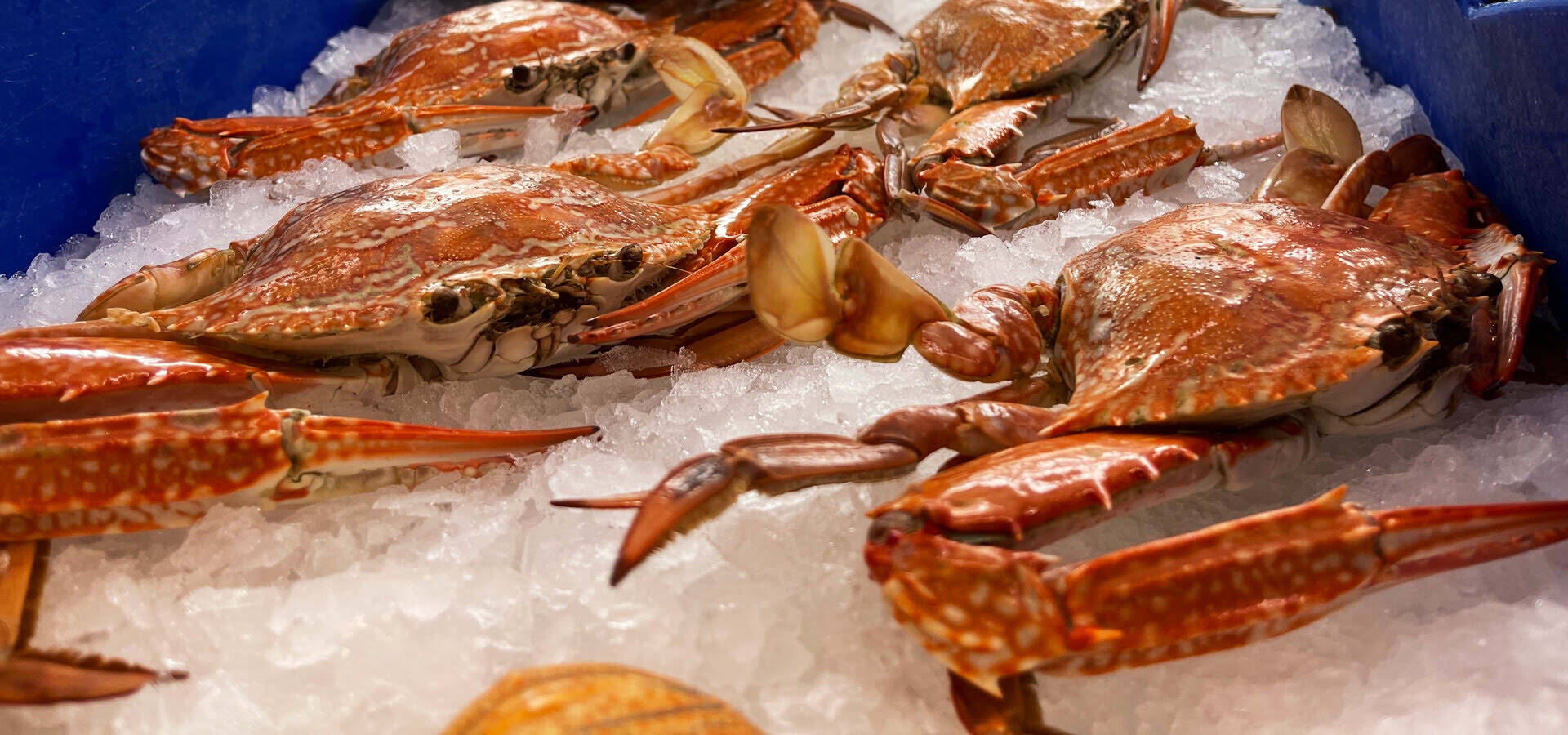
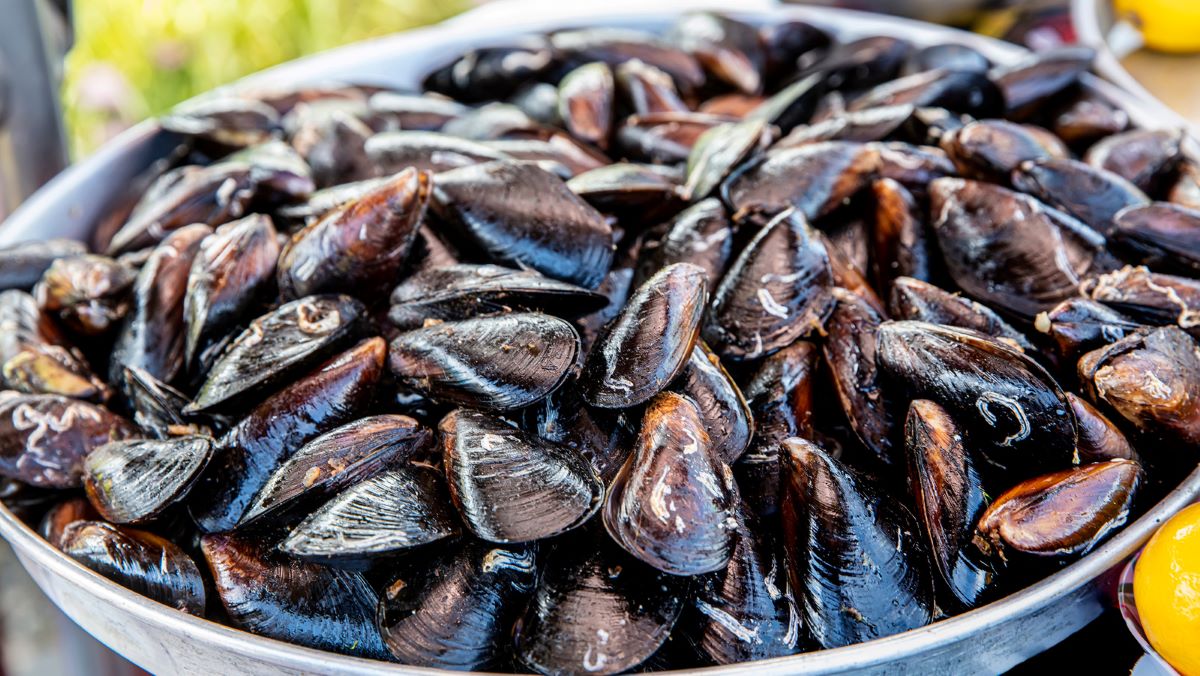
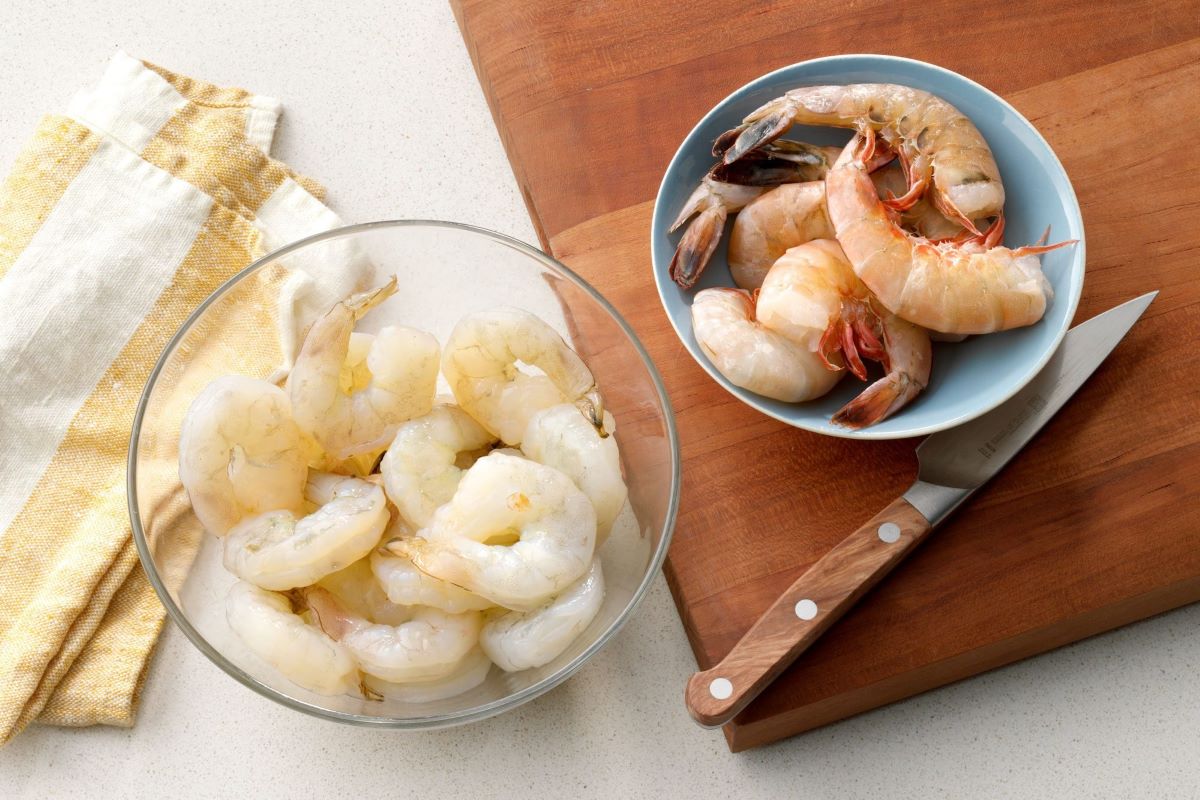
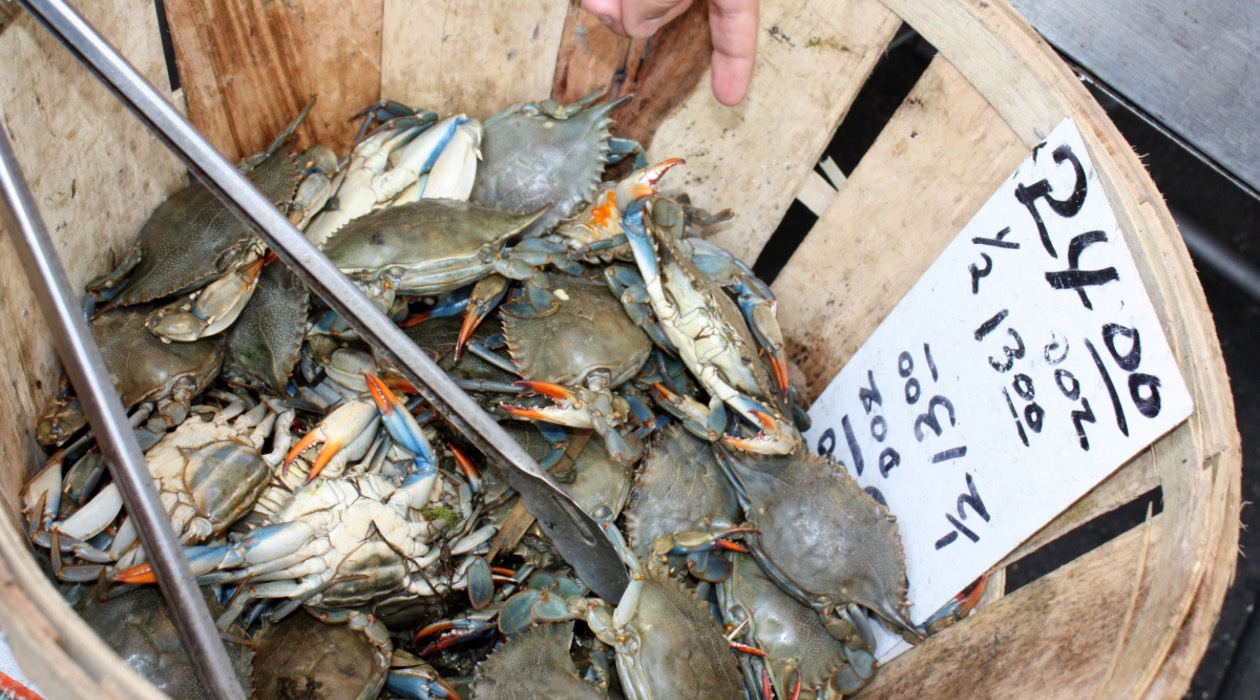
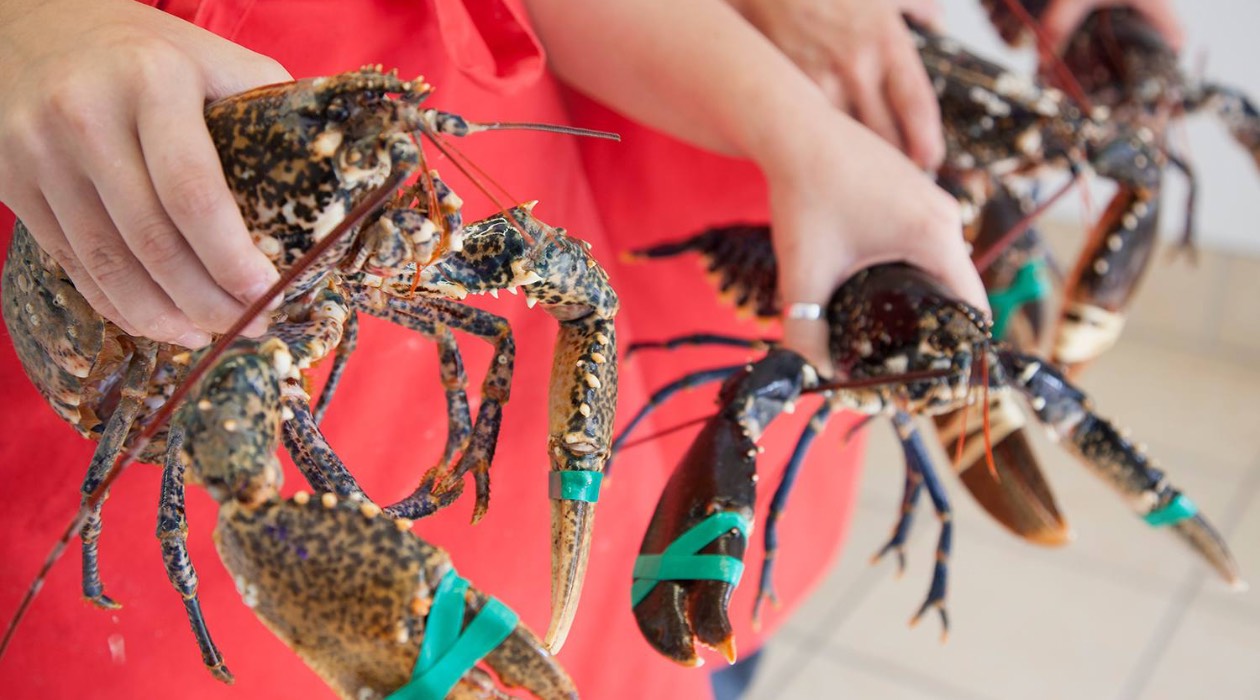
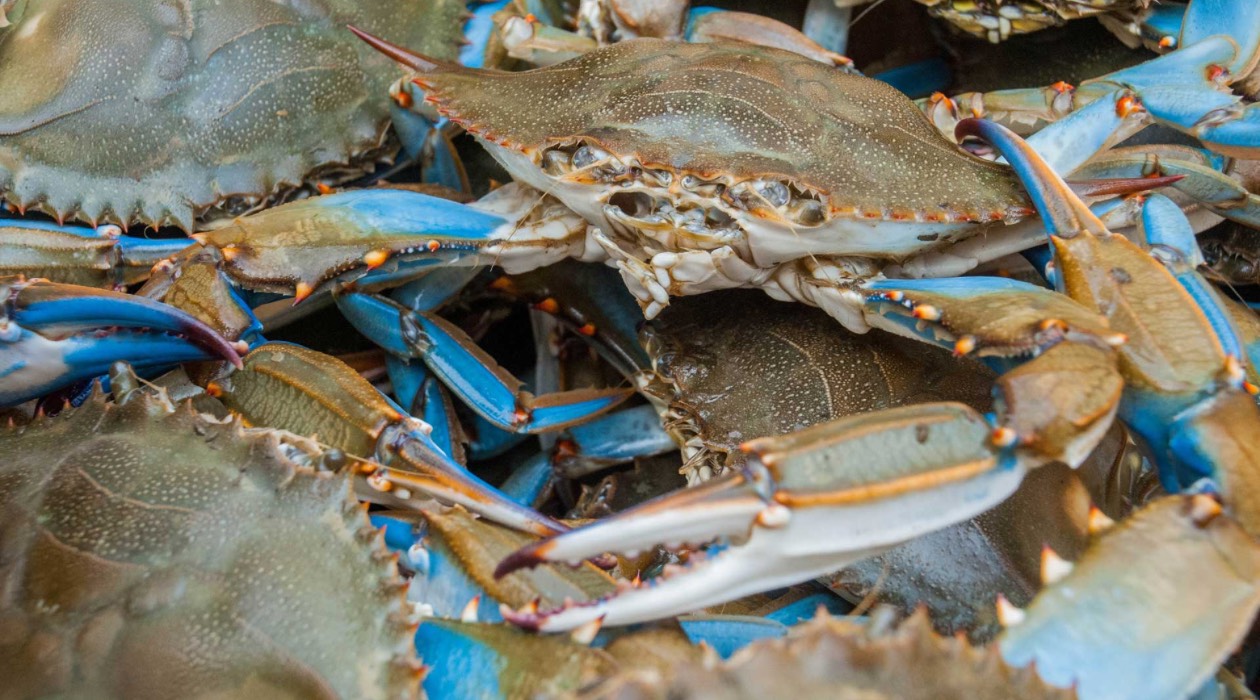
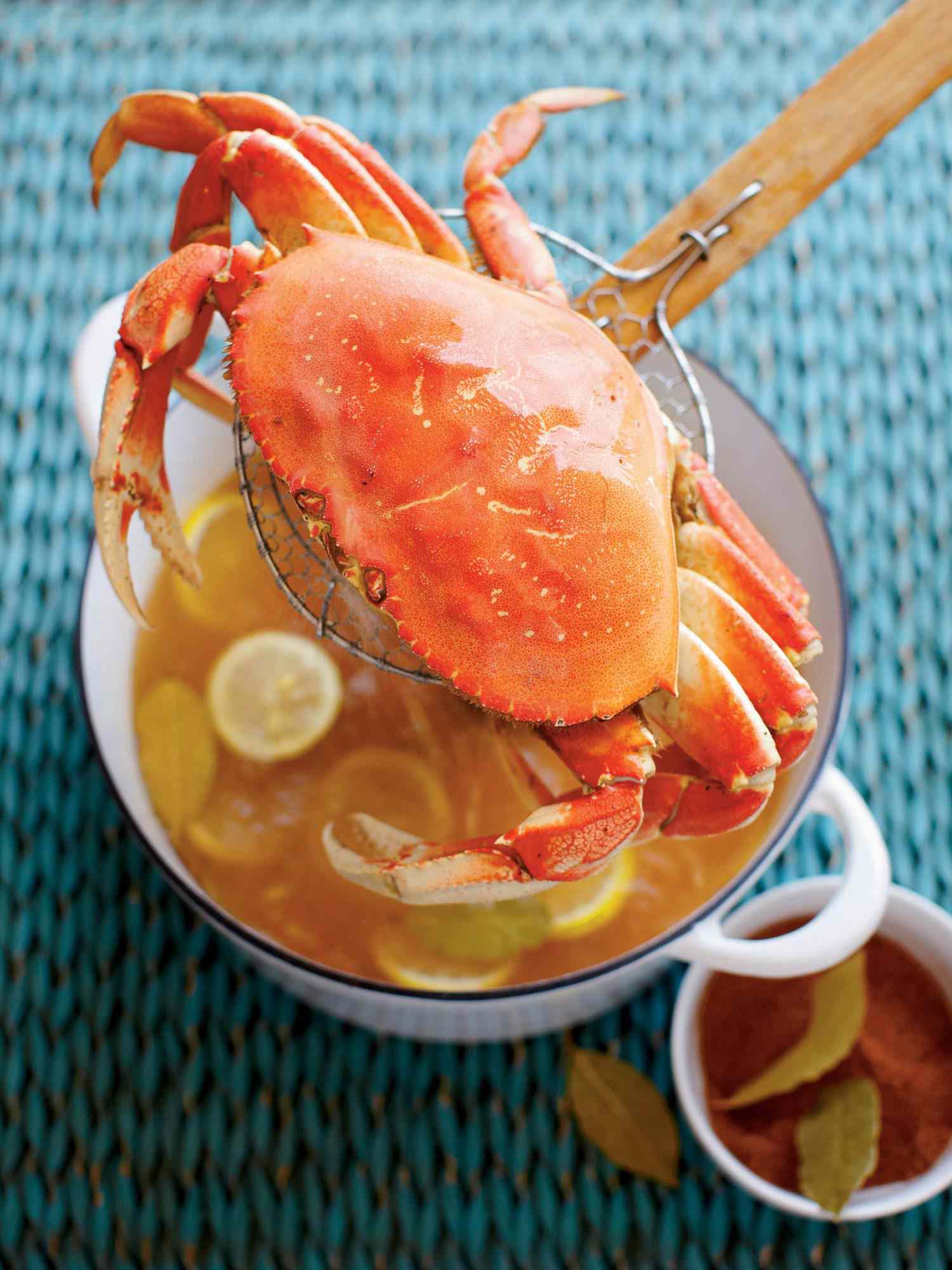
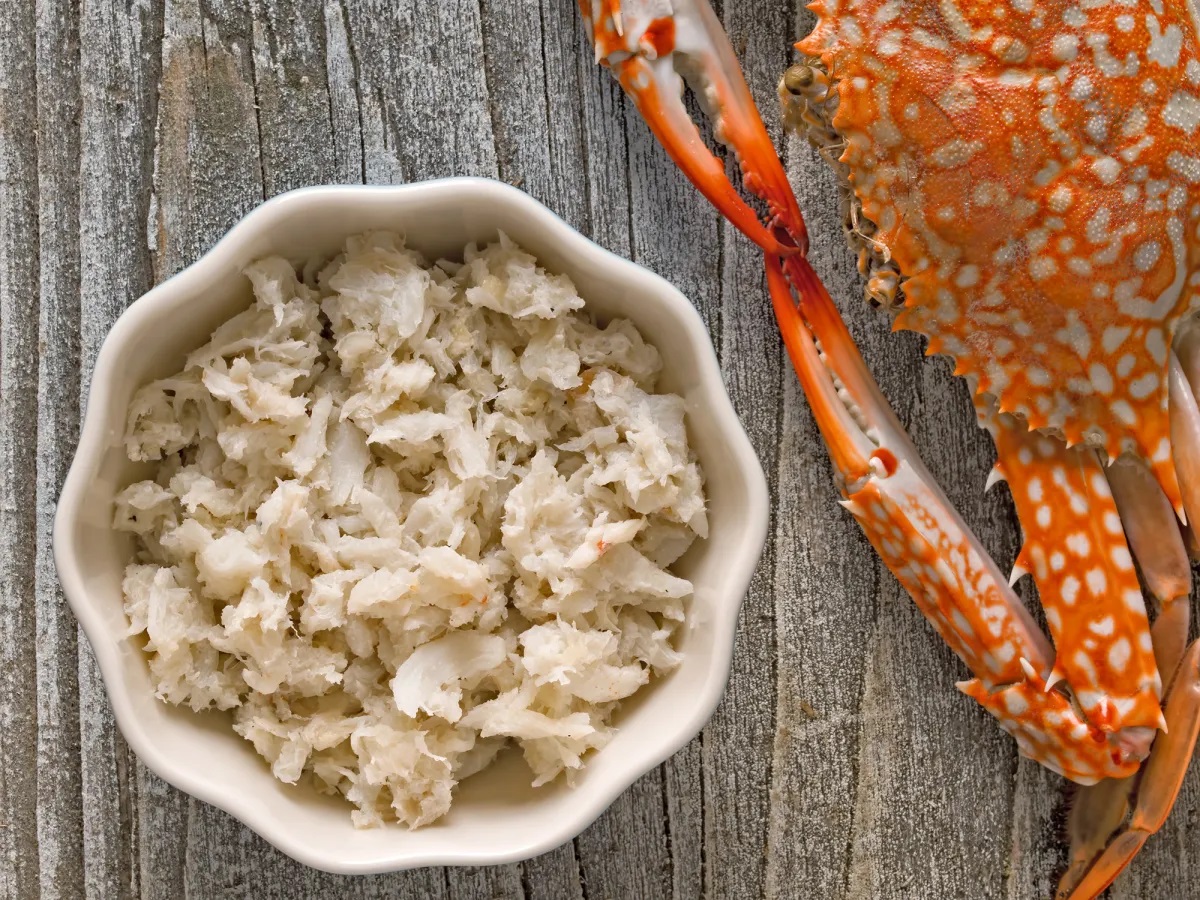

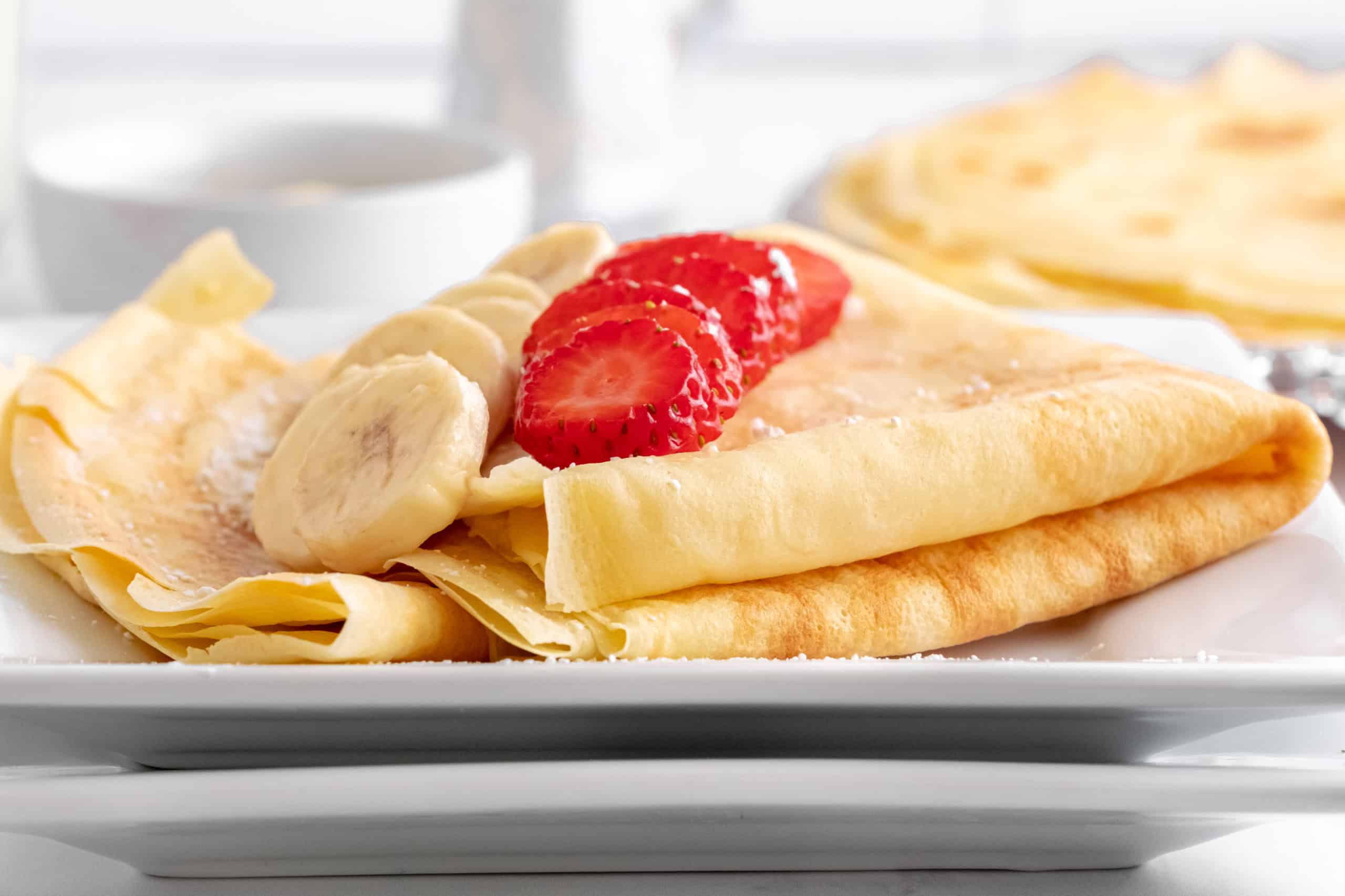

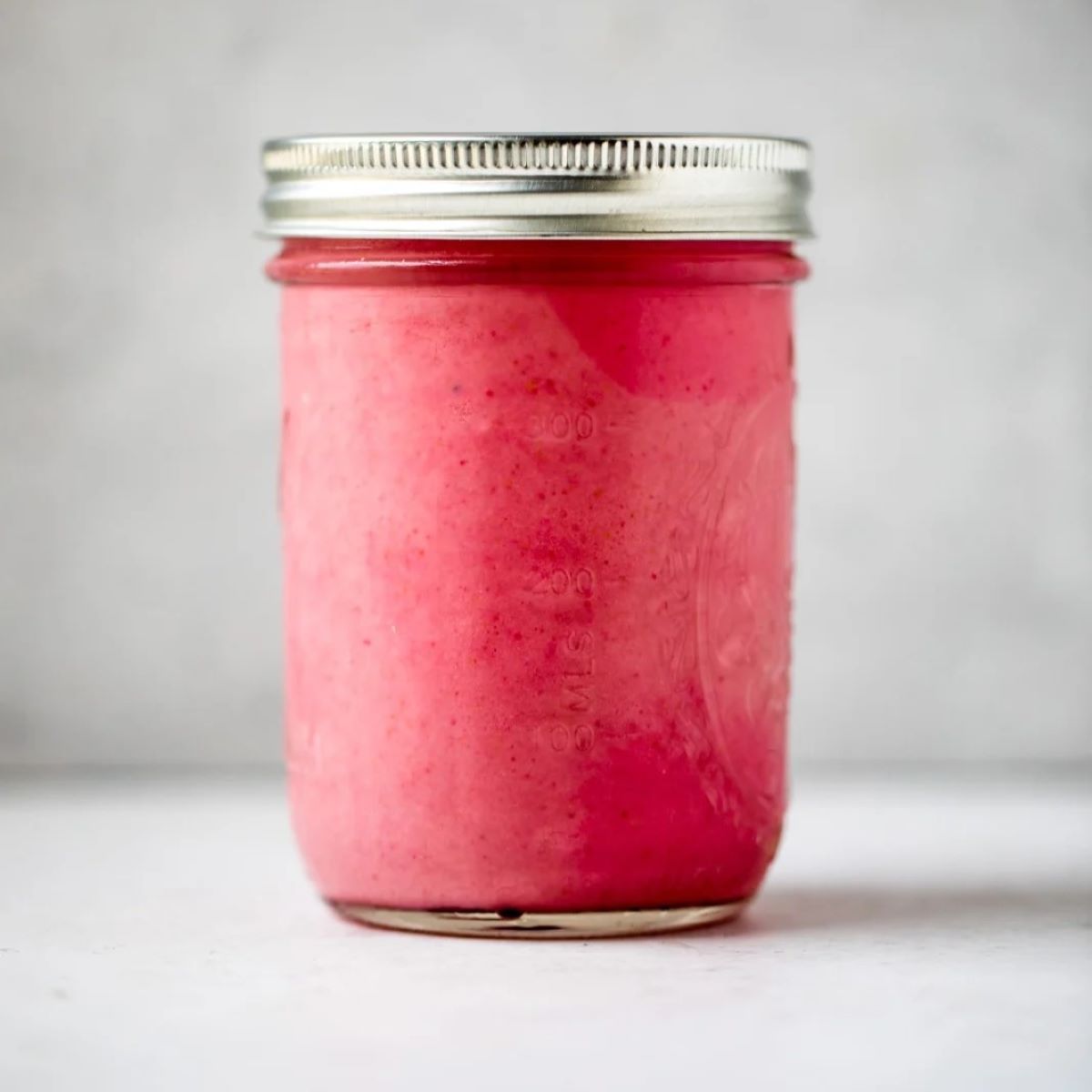
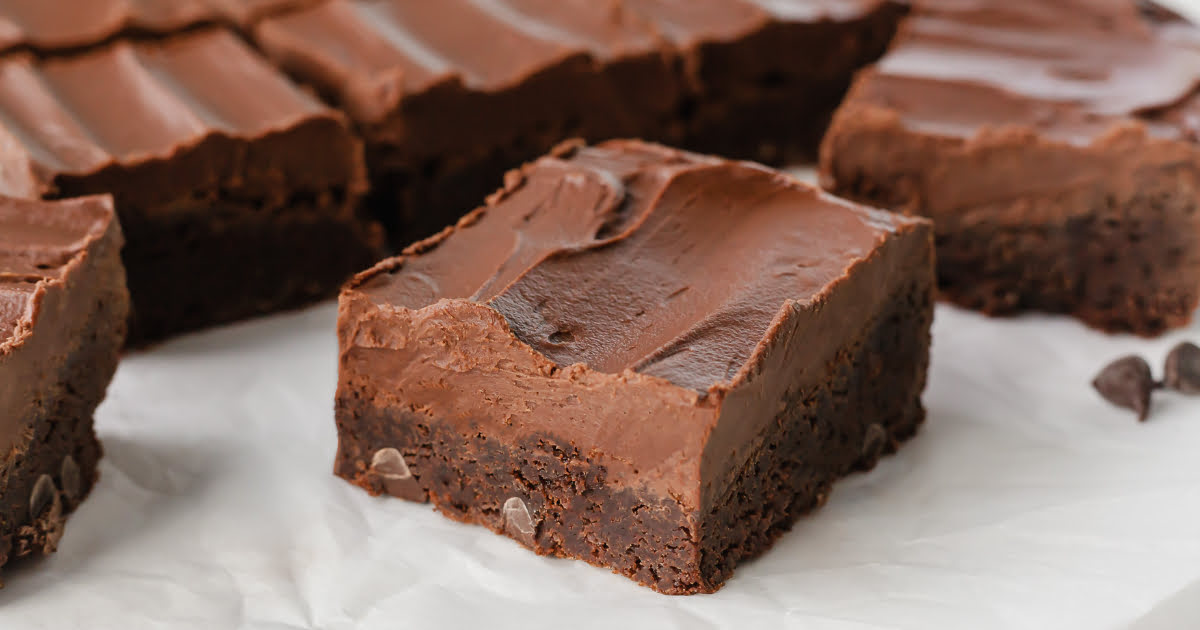

0 thoughts on “How To Store Live Dungeness Crabs Overnight”